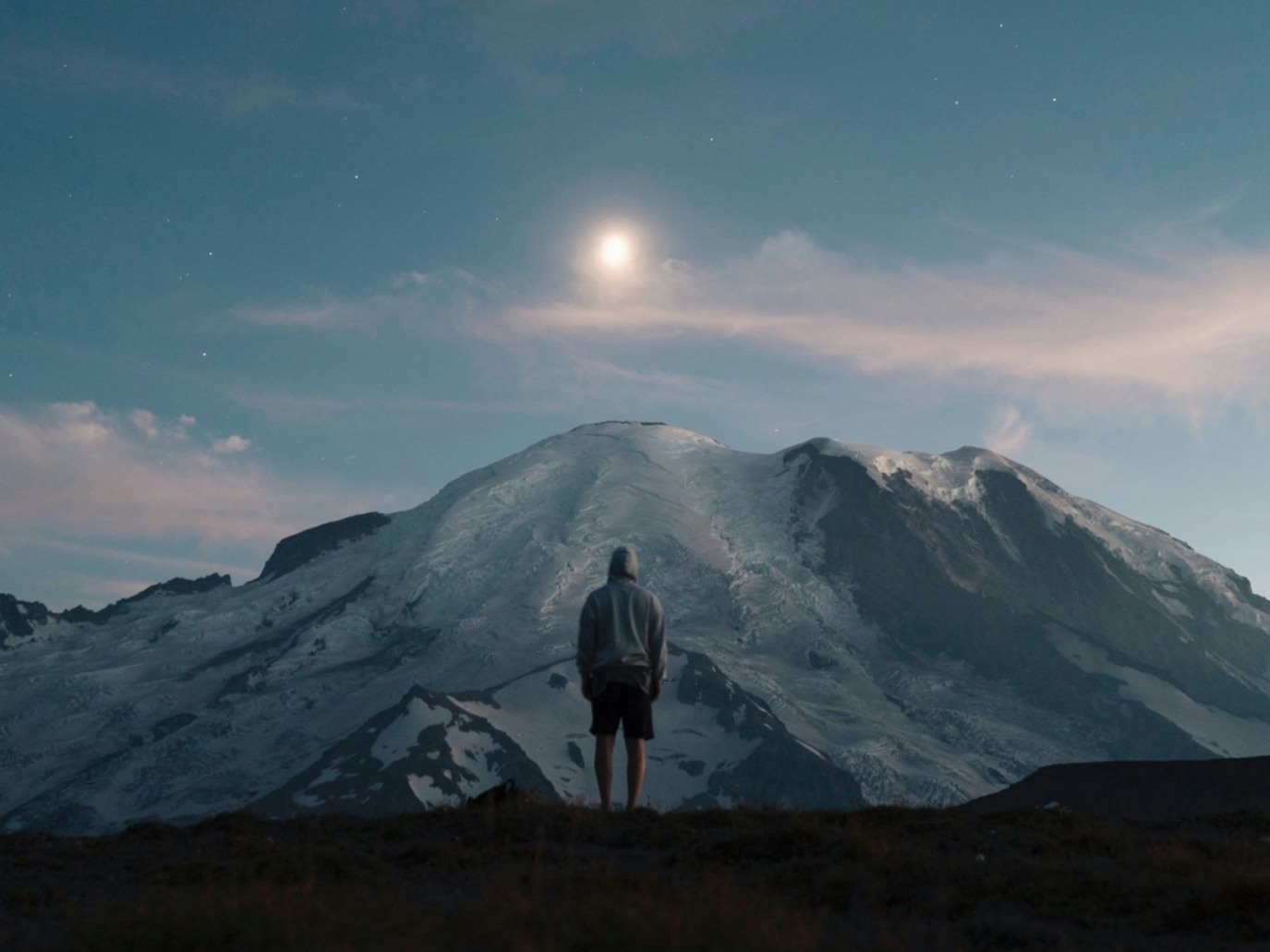“It’s only you townies who use the word nature. And it’s as abstract to you as the word itself. We say wood, meadow, river, rock, things that we can actually point to. Things that can be used. If they can’t be used, we don’t bother to even give them a name: it would be pointless to do so”, writes Paolo Cognetti in his novel The Eight Mountains. This thought embodies one of the main goals of this issue of Renewable Matter: the best way to protect biodiversity is learning how to use it wisely, and in doing so, give it a name and connect it to an action, a way of being, a landscape that looks like us.
“Writing about mountains and economics means dealing with how people live at high altitudes,” Giorgio Kaldor reminds us in his interview with Norwegian anthropologist Erika Fatland. “It means focusing on them and on their relationships.” It also means acting eco-efficiently, without disrupting the connection between ecological units, but rather seeking to play our part in it, proactively and non-invasively.
Nowadays, taking part in the regeneration of the ecological and social fabric of the mountains is a viable alternative to working in the city. Antonella Totaro explains how in her article The digital mountain: working at another pace. From the Pyrenees to Transylvania, from the Andes to the utopia of a French castle, more and more places are working for a change, testing new social and economic models. After all, thinking outside the box is becoming essential to stem “silent cultural genocides,” as the one vexing Tibet. The only viable path in this direction is to fuel creativity, rethinking work by ditching patterns and schedules, and questioning habits that are sometimes the real obstacle to sustainable development.
As suggested in the European Sustainability Competence Framework (Green Comp), it is a matter of education, of systemic thinking. Of being aware that we are one interconnected system, even if we don’t realise it, don’t think about it, and believe that complex problems like climate change do not concern our daily lives. In the mountains, however, global warming is an unescapable reality, with millennial-scale glaciers giving way to young screes strewn with garbage. In her article on how tourism is changing the mountains, for example, Ana Birliga Sutherland mentions the 50 tons of garbage accumulated at Everest Base Camp; then there are mountains huts that have to be torn down because of thawing permafrost, as the Rothornhütte described by Francesco Rasero.
Mountains are a destination for more than 375 million tourists each year, equal to 16% of international tourism; a flow of people, resources, and energy that, if poorly managed, has a major impact on ecosystems that should be protected. “The most circular solution of all might be to impose a 'leave no trace' ethic on visitors” or to restrict access to certain sites as is happening at Mount Fuji, in Japan. Choices like these however have to be shared, because we are talking about dynamics that, in Europe only, are key for the survival of 12.1% of the population that lives on alpine tourism and agribusiness, as Sandy Fiabane tells us in the article on farming in the mountains. Considering that, in the province of Trento alone, 640 registered alpine cottages – of which only 382 are still in business – cover 90,000 hectares and are home to 22,615 cattle, about 39,000 sheep and goats, and 1,400 horses, it’s not difficult to understand the importance of these “bastions of resilience”, as Emanuele Bompan calls them in his article on the alpine pastures of Trentino.
To achieve a balance between natural and man-made ecosystems, and the dynamics of tourism, the sustainable management of these areas must be taken into account. This rural infrastructure, just like the urban infrastructure, needs to become a relevant political issue, as in countries such as Greece, Spain, Romania, France, Italy and Croatia, poverty in the mountainous areas is increasing, in a decline that is already well underway.
Thanks to several UN and other agencies, as FAO representative Rosalaura Romeo tells us in her interview, the “mountain issue” obtained official recognition at the last UN Climate Conference. In my opinion, this is the result of an emergency that is manifesting in all its violence, and that should make us think. After all, to use Paolo Cognetti’s words again, “the past is downstream, while the future lies upstream”.
DOWNLOAD AND READ THE NEW ISSUE OF RENEWABLE MATTER: MOUNTAIN
This article is also available in Italian / Questo articolo è disponibile anche in italiano
Image: Kyle Johnson, Unsplash



